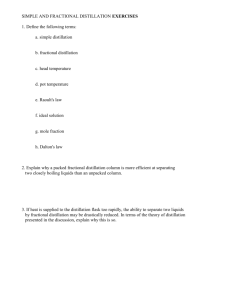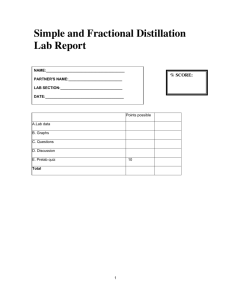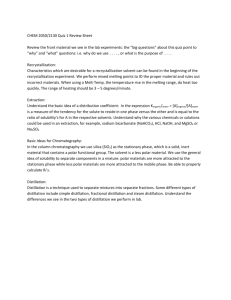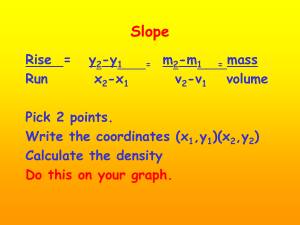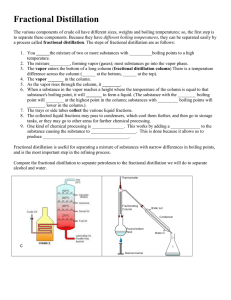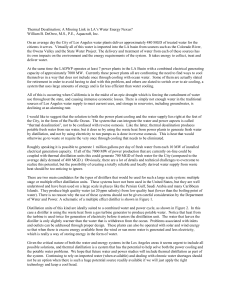How to write a Discussion
advertisement
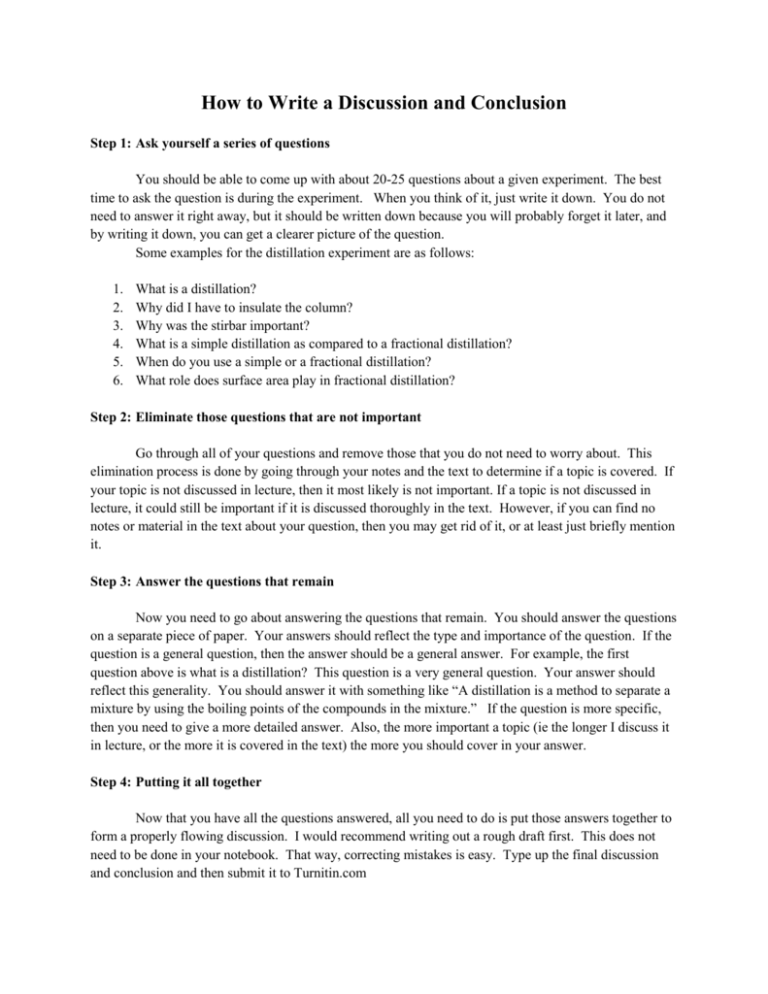
How to Write a Discussion and Conclusion Step 1: Ask yourself a series of questions You should be able to come up with about 20-25 questions about a given experiment. The best time to ask the question is during the experiment. When you think of it, just write it down. You do not need to answer it right away, but it should be written down because you will probably forget it later, and by writing it down, you can get a clearer picture of the question. Some examples for the distillation experiment are as follows: 1. 2. 3. 4. 5. 6. What is a distillation? Why did I have to insulate the column? Why was the stirbar important? What is a simple distillation as compared to a fractional distillation? When do you use a simple or a fractional distillation? What role does surface area play in fractional distillation? Step 2: Eliminate those questions that are not important Go through all of your questions and remove those that you do not need to worry about. This elimination process is done by going through your notes and the text to determine if a topic is covered. If your topic is not discussed in lecture, then it most likely is not important. If a topic is not discussed in lecture, it could still be important if it is discussed thoroughly in the text. However, if you can find no notes or material in the text about your question, then you may get rid of it, or at least just briefly mention it. Step 3: Answer the questions that remain Now you need to go about answering the questions that remain. You should answer the questions on a separate piece of paper. Your answers should reflect the type and importance of the question. If the question is a general question, then the answer should be a general answer. For example, the first question above is what is a distillation? This question is a very general question. Your answer should reflect this generality. You should answer it with something like “A distillation is a method to separate a mixture by using the boiling points of the compounds in the mixture.” If the question is more specific, then you need to give a more detailed answer. Also, the more important a topic (ie the longer I discuss it in lecture, or the more it is covered in the text) the more you should cover in your answer. Step 4: Putting it all together Now that you have all the questions answered, all you need to do is put those answers together to form a properly flowing discussion. I would recommend writing out a rough draft first. This does not need to be done in your notebook. That way, correcting mistakes is easy. Type up the final discussion and conclusion and then submit it to Turnitin.com

